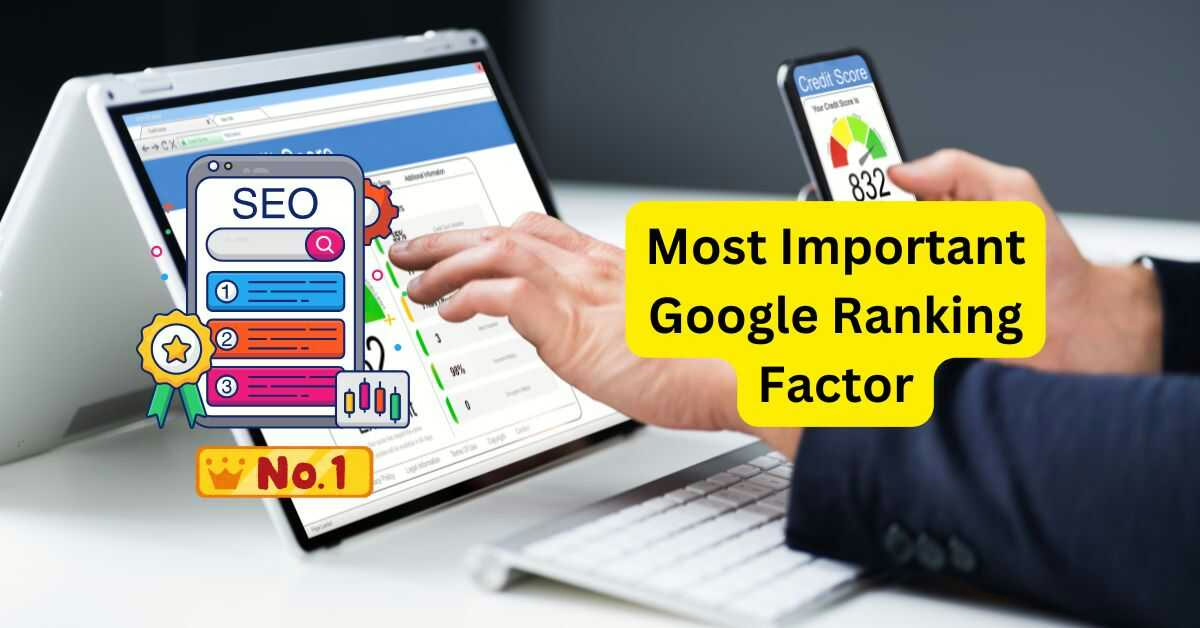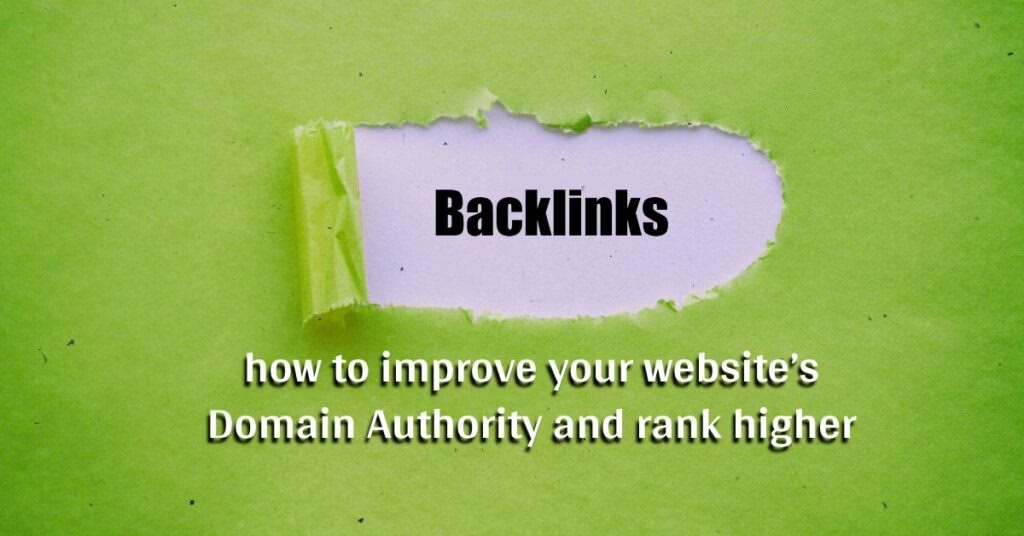Google ranking factors can feel overwhelming, especially with over 200 variables influencing where your site appears in search results. Yet, amidst this massive list, there are specific elements that stand out as game-changers. If you’re looking to drive traffic, boost visibility, and increase conversions, focusing on the most important ranking factors is essential.
Understanding Google’s algorithm can seem like a daunting task, but breaking it down into manageable sections ensures that you’re targeting the most impactful aspects. In this article, we’ll explore the top Google ranking factor, explain why it matters, and provide actionable insights to optimize your website.
What is the Most Important Google Ranking Factor?
When considering Google’s ranking priorities, content quality emerges as the most significant factor. The search engine’s mission has always been to provide users with the most relevant and helpful content. Therefore, the websites that meet Google’s quality criteria consistently outperform others.
This emphasis on content isn’t surprising. With billions of search queries every day, Google’s algorithm prioritizes pages that answer questions effectively, offer value, and provide a seamless user experience. However, content quality isn’t the only factor. Supporting elements like website security, speed, mobile-friendliness, and SEO optimization also play crucial roles in enhancing a site’s visibility.
Why Content Quality Stands Out Among Google Ranking Factors
The mantra “Content is King” has become a cliché, but it’s true. Here’s why high-quality content is pivotal:
- Relevance: Google matches search intent to content that provides the best possible answer.
- Engagement: Content that captivates users and keeps them on your site signals to Google that your page is valuable.
- Authority: In-depth, well-researched content builds credibility and positions you as a trusted resource in your niche.
- User Satisfaction: Great content reduces bounce rates and improves metrics like time on page.
Quality content isn’t just about having perfect grammar or beautiful visuals. It’s about delivering value. Whether your goal is to educate, entertain, or solve a problem, your content should align with your audience’s needs.
E-A-T: The Backbone of Google’s Content Quality Standard
Google evaluates content based on E-A-T, which stands for Expertise, Authoritativeness, and Trustworthiness.
Expertise
To rank well, your content must demonstrate a deep understanding of its subject matter. This means publishing accurate, up-to-date, and insightful information. For technical or medical topics, expertise becomes even more critical.
Authoritativeness
Authoritativeness refers to how credible you are as a source. Are you recognized in your industry? Do other reputable sites link back to your content? Building backlinks and developing your personal or brand authority strengthens this factor.
Trustworthiness
Trustworthiness is all about transparency and reliability. Websites with clear ownership information, secure HTTPS connections, and positive reputations score higher in this area.
The Role of Website Security in Google Rankings
In 2014, Google announced HTTPS as a ranking signal. This made website security one of the foundational pillars of SEO. SSL certificates, which enable HTTPS, ensure secure communication between a user’s browser and your site.
Why is HTTPS Important?
- User Trust: Visitors feel safer sharing personal information on secure websites.
- SEO Boost: HTTPS adds a layer of trustworthiness that Google rewards.
- Avoiding Penalties: Since July 2018, non-HTTPS websites are flagged as “Not Secure” in Chrome.
How Website Speed Impacts Search Rankings
Speed is a critical ranking factor that directly affects user experience. Visitors expect websites to load in under three seconds. If your site lags, users are likely to abandon it, which increases your bounce rate—a negative signal to Google.
Tips to Improve Site Speed:
- Use tools like Google’s PageSpeed Insights to identify performance bottlenecks.
- Compress images to reduce file sizes without sacrificing quality.
- Leverage browser caching to speed up repeat visits.
- Upgrade hosting plans if your site struggles with heavy traffic.
On-Site SEO: Optimizing for Search Visibility
On-site SEO refers to the tactics you use within your website to improve search rankings. It involves optimizing both content and HTML source code.
Best Practices for On-Site SEO:
- Keyword Research: Target relevant keywords with a mix of high and low competition.
- Title Tags: Write compelling titles with target keywords.
- Meta Descriptions: Include your primary keyword and a clear call-to-action.
- Header Tags: Organize content with structured headings (H1, H2, etc.).
- Image Optimization: Use descriptive alt text for all visuals.
Internal and External Links: Why They Matter
Both internal and external linking strategies are essential for improving your website’s rank. Internal links guide users to relevant pages within your site, while external links point to high-authority sources, enhancing your content’s credibility.
Benefits of Internal Links:
- Keep users on your site longer.
- Help Google crawl your site more effectively.
- Pass link equity to less-visited pages.
Benefits of External Links:
- Establish your site as a resource backed by trusted data.
- Enhance E-A-T by linking to authoritative sources.
Social Signals and Their Influence on Rankings
While Google doesn’t directly use social media shares as a ranking signal, they contribute to overall visibility. The more your content is shared, the higher the likelihood of earning backlinks, driving traffic, and improving brand awareness.
How to Leverage Social Media:
- Create shareable content like infographics and videos.
- Add social sharing buttons to your website.
- Engage with your audience on platforms like Facebook, Twitter, and LinkedIn.
FAQs
Content quality remains the most important factor, as it directly influences user satisfaction, relevance, and engagement.
Google prioritizes secure websites with HTTPS, as they offer a safer experience for users.
Google PageSpeed Insights, GTmetrix, and Pingdom are excellent tools to test and improve your site’s loading time.
While not a direct ranking factor, social media presence amplifies content reach, helping with visibility and backlink opportunities.
Focus on keyword research, create compelling meta tags, organize content with header tags, and optimize images with alt text.
Yes, internal links improve user experience, guide Google’s crawlers, and help distribute link equity across your site.
Conclusion
Achieving a high rank on Google involves understanding and optimizing for its most crucial ranking factors. While content quality tops the list, other elements like website security, speed, and SEO optimization also play significant roles. By focusing on these aspects, you can create a site that not only ranks well but also delivers a superior user experience.



